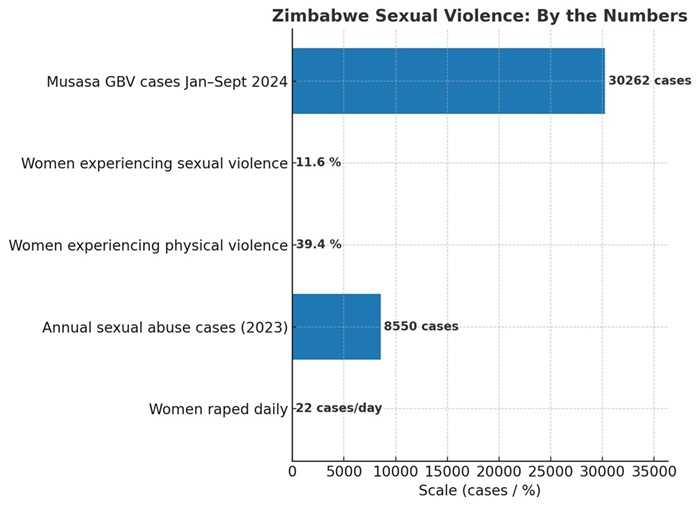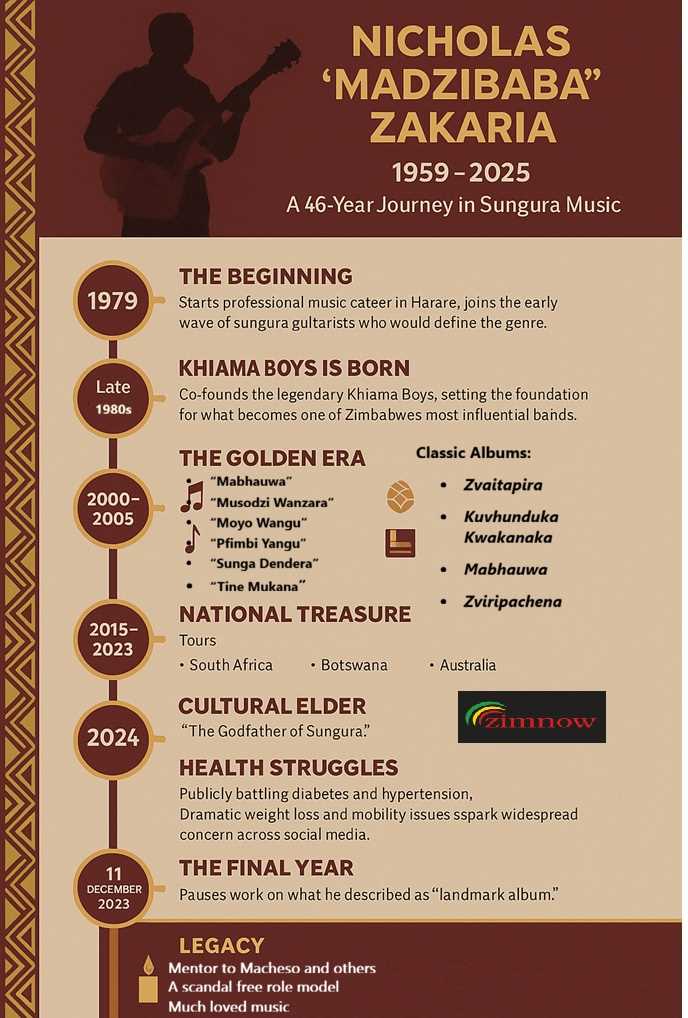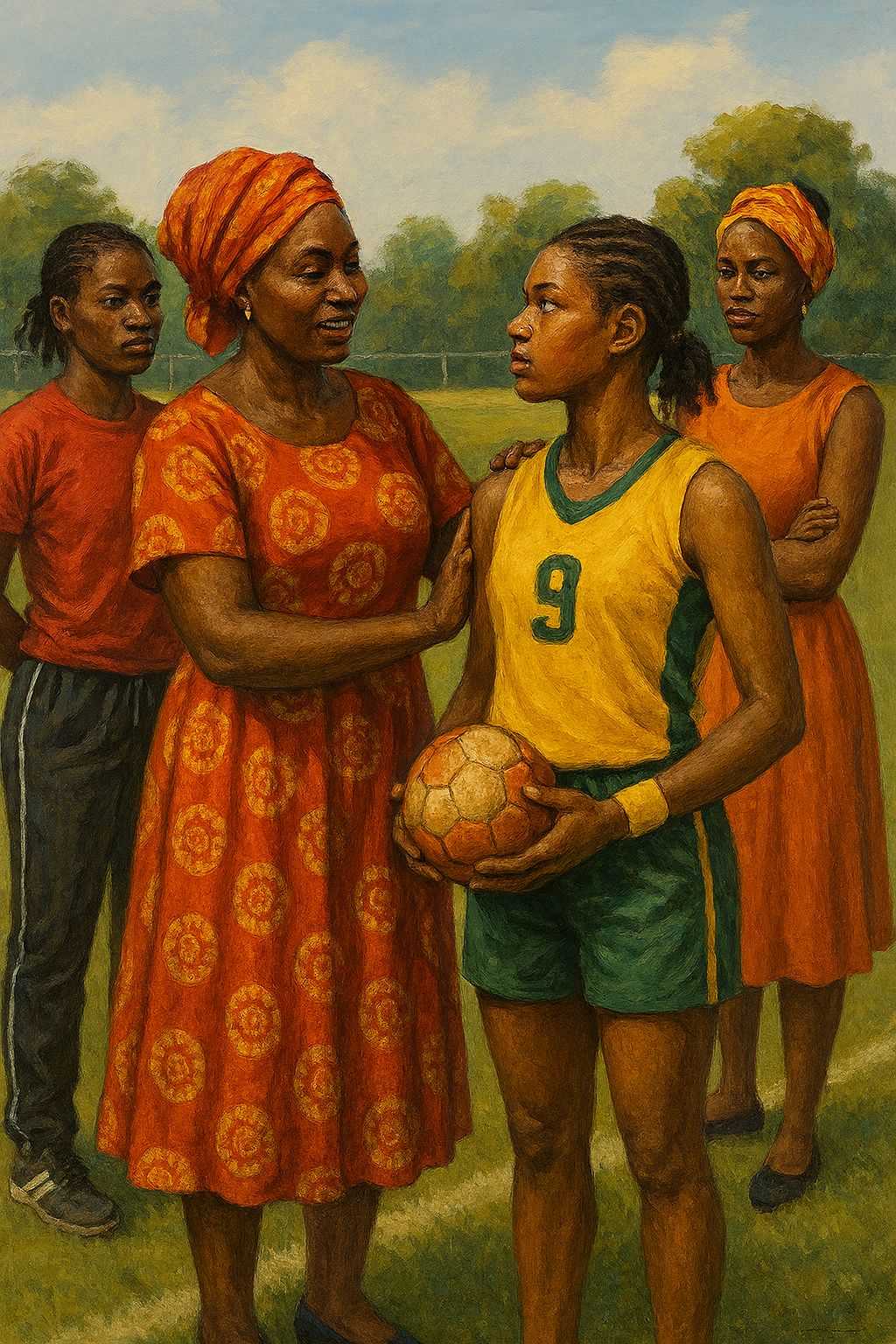Zim Now News Desk
Two rape convictions—one involving a 23-year-old man jailed 15 years for raping a 63-year-old woman, and another seeing a 70-year-old pensioner sentenced to 20 years for repeatedly abusing his 16-year-old step-granddaughter—have underscored both the scale of sexual violence in Zimbabwe and the justice system’s determination to act.
In the first case, a 23-year-old man from Raffingora was handed a 15-year prison term by the Chinhoyi Magistrates’ Court for raping a 63-year-old woman at her home in May 2025. In the second, a 70-year-old pensioner from Hurungwe received an effective 20-year sentence from the Karoi Regional Magistrates’ Court after repeatedly raping his 16-year-old step-granddaughter.
While the courtrooms delivered firm sentences, the numbers suggest these cases are only the visible tip of a much larger crisis.
By the Numbers: A Daily Reality

22 women are raped every day in Zimbabwe—that’s one every 75 minutes. Zimstat recorded 8,550 sexual abuse cases in 2023 alone. Behind these statistics, as shown by the two cases, are children, grandmothers, neighbors, and colleagues—often assaulted by people they know and trust.
Related Stories
The National Prosecuting Authority has consistently urged communities to report abuse early, as in both recent cases where family members and village leaders helped expose the crimes. Courts, too, have toughened sentencing to send a deterrent message.
Yet, some activists say reporting remains low, many victims are silenced by stigma, and rural communities often lack accessible support services. Even where laws exist—such as the 2004 criminalization of marital rape—enforcement gaps remain.
Towards Solutions
As the Musasa Project notes, “Sentences matter, but prevention is the real victory.”
Some of the suggestions that have come from civil society organizations argue that lasting change requires:
- Community education to break stigma and empower survivors to speak out.
- Stronger enforcement of existing laws, including swift investigations and victim-friendly courts.
- Expanded support systems, from safe houses to counseling, especially in rural areas.
- Prevention programs targeting men and boys, shifting norms that normalize abuse.
The two recent convictions are a reminder that justice is possible—but they also expose a sobering truth: sexual violence in Zimbabwe is systemic, cutting across generations, geographies, and social classes.




















Leave Comments